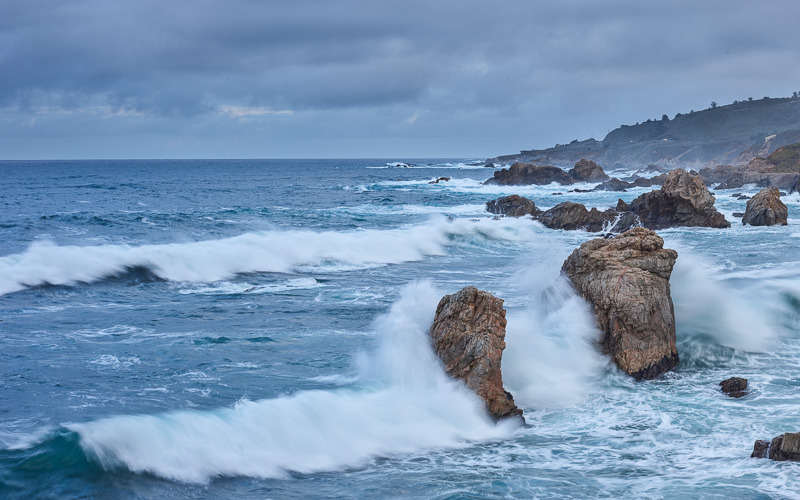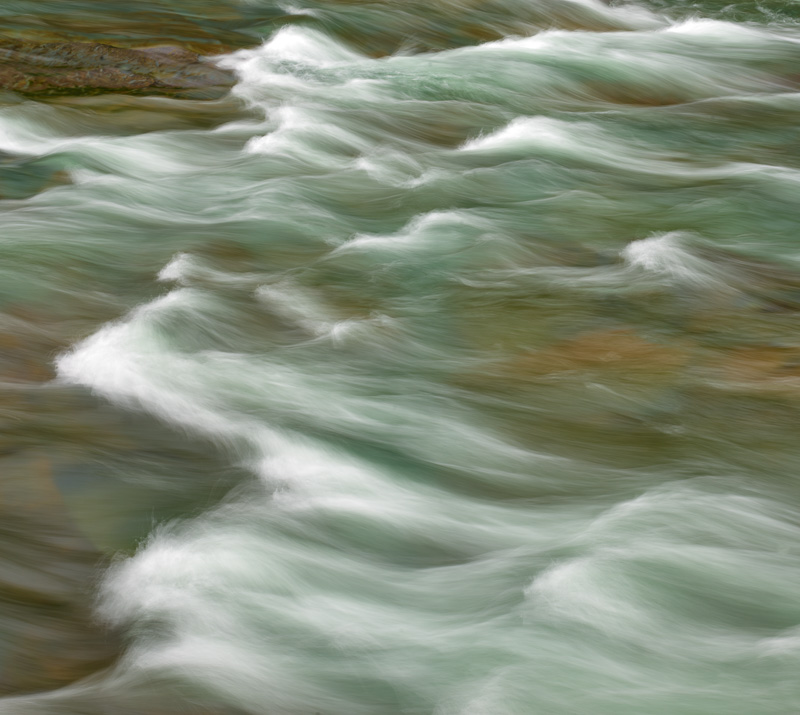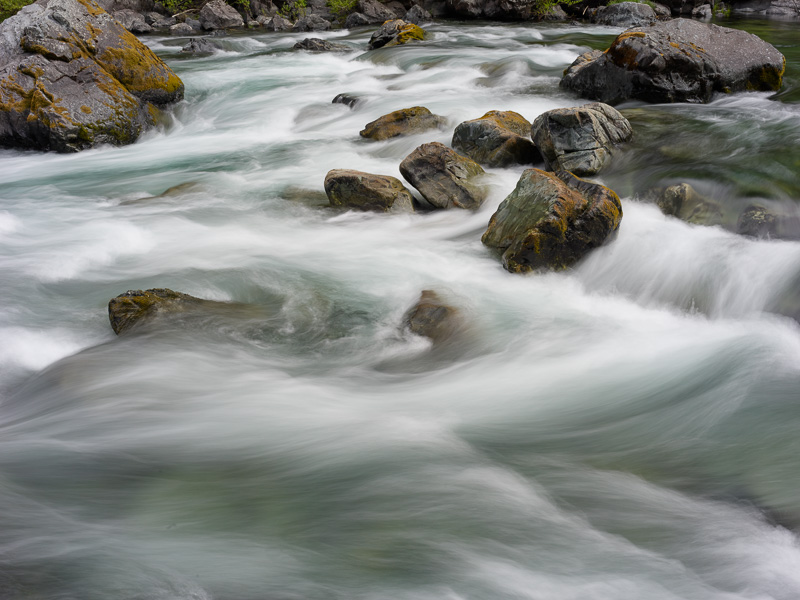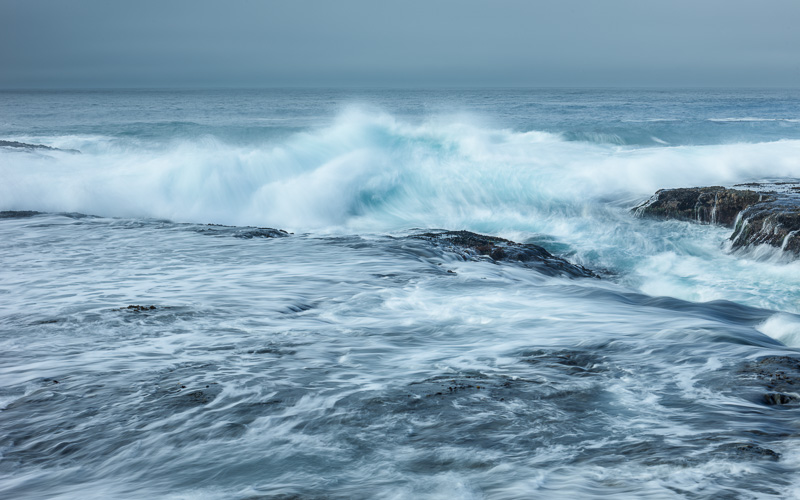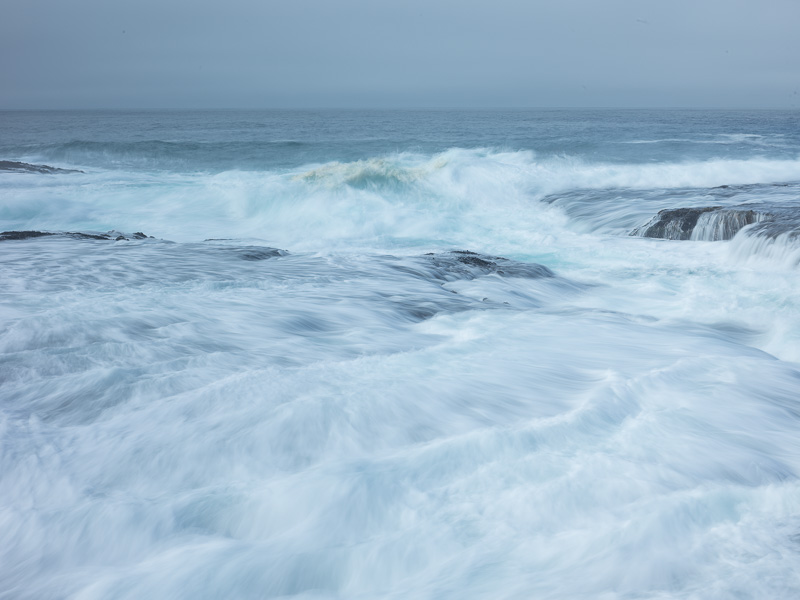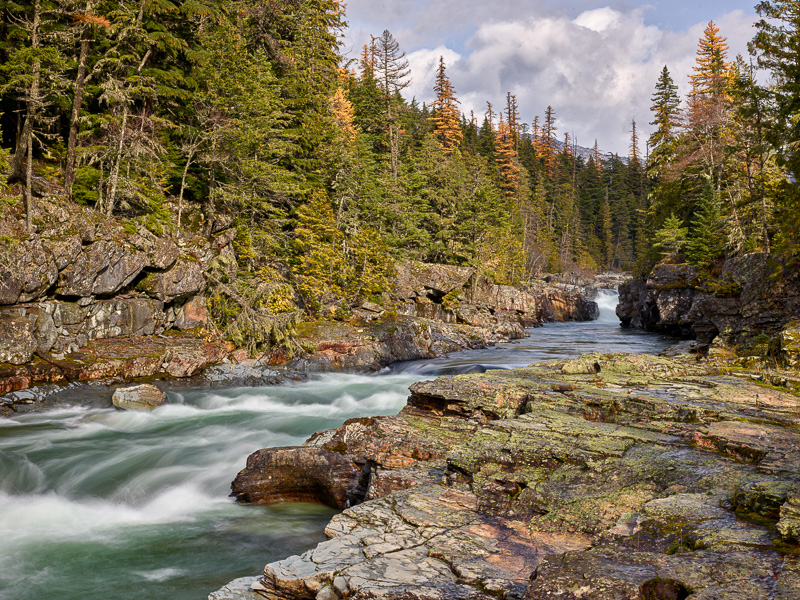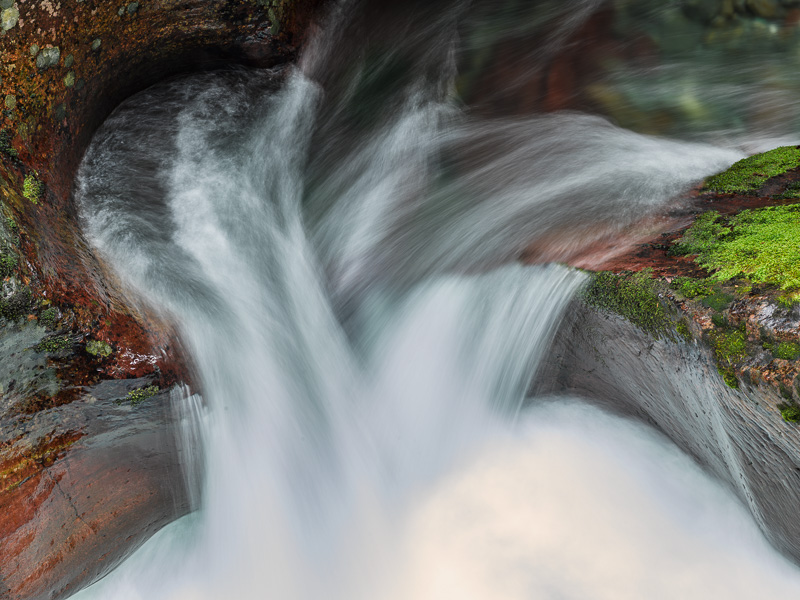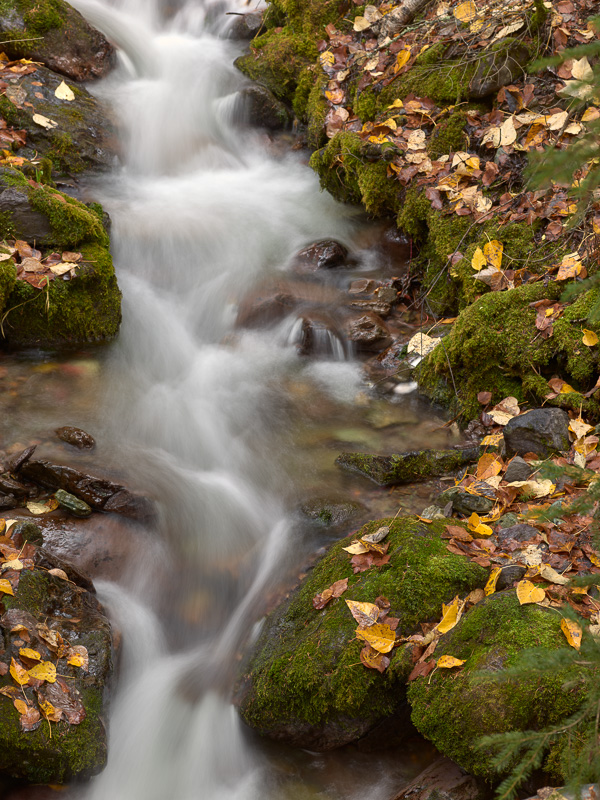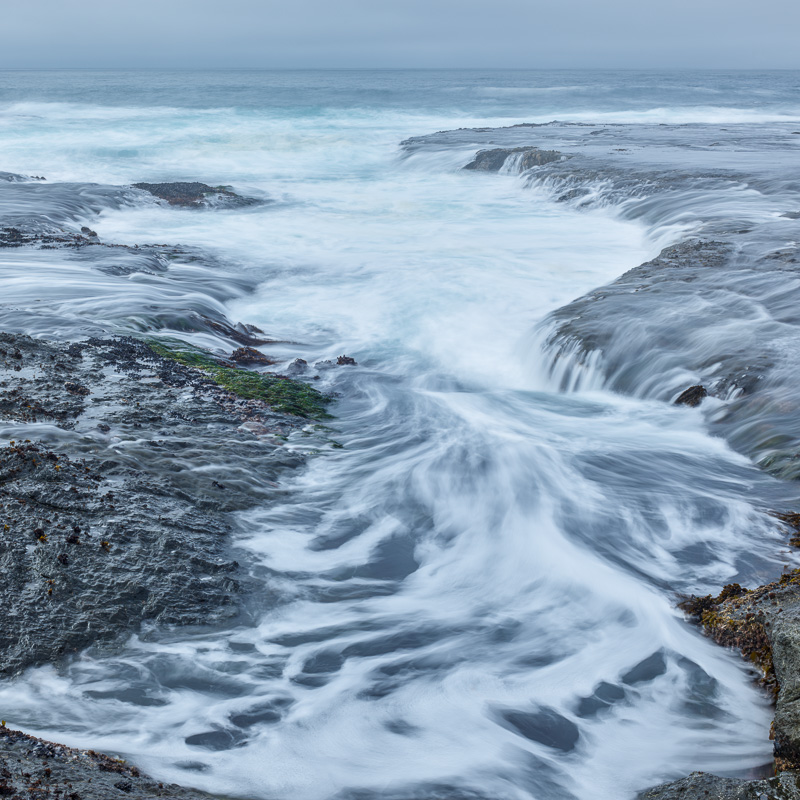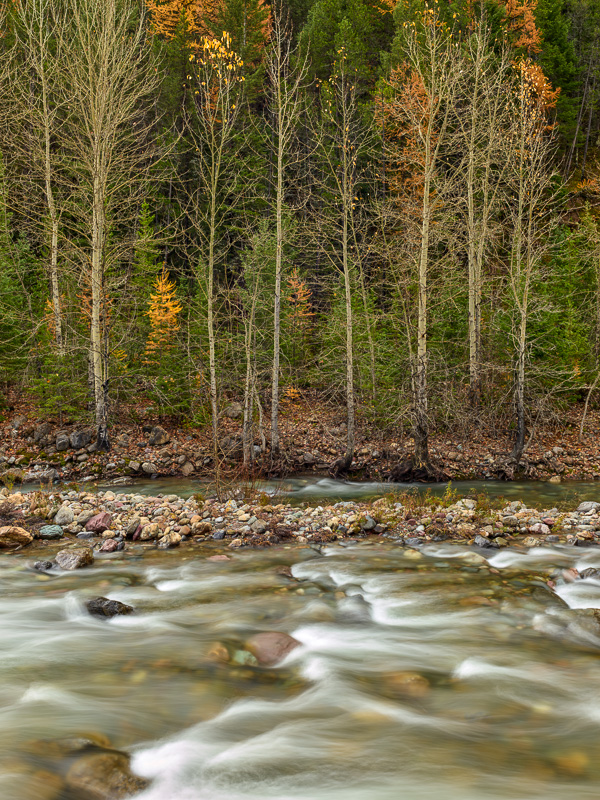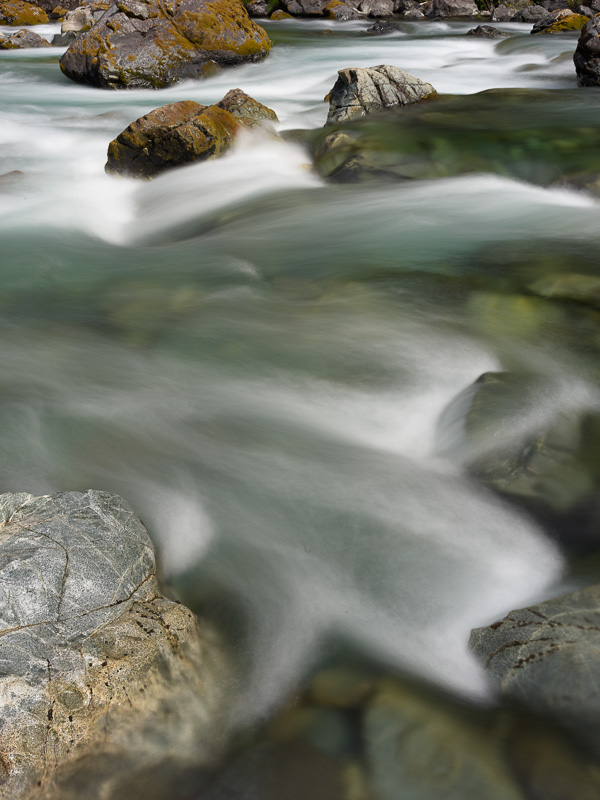Is the eshutter usable? As with most seemingly simple question the answer is more complex than it first seems, and the only true short answer is "it depends".
The main limitation of using ES is related to the intra-frame distortion also known as the "rolling shutter effect".
How much distortion is created?
The amount of intra-frame distortion created by an eshutter will depend on:
- the amount of movement of the camera
- the amount of movement of the subject
- the length of the lens
So for example...
- An ES tripod image of landscape therefore is completely non-problematic
- An ES handheld portrait of a static subject with a wide lens is only slightly problematic
- An ES handheld fashion shot of a moving-with-the-flow model with a long lens is highly problematic*
- An ES handheld sports shot of a American Football quarter back throwing a touch down with a very long lens is essentially impossible*
How much distortion can be tolerated?
Separate from how much distortion is created, the amount that any given amount of distortion that matters (visually) depends on:
- the subject matter
- the use
So for example...
- For scientific measurements, or architectural images of highly geometric buildings then even a slight amount of intra-frame distortion matters a lot.
- For shots of a person's face a moderate amount of intra-frame distortion can be tolerated without becoming obvious/aesthetically-intrusive.
- For abstract photos of light and color without any obvious grounding in reality any amount of intra-frame distortion may be tolerable, and in fact may be a positive mechanism to accomplish an aesthetic goal
We have more about Electronic Shutter (ES) use, in the context of Phase One hardware, here:
Phase One Electronic Shutter (ES). Much of it is applicable to any camera with an ES, though some of it is specific to technologies/workflows/capabilities exclusive to Phase One.
*to accomplish in a way that results in a normal looking image (i.e. without significant and obvious intra frame distortion)







